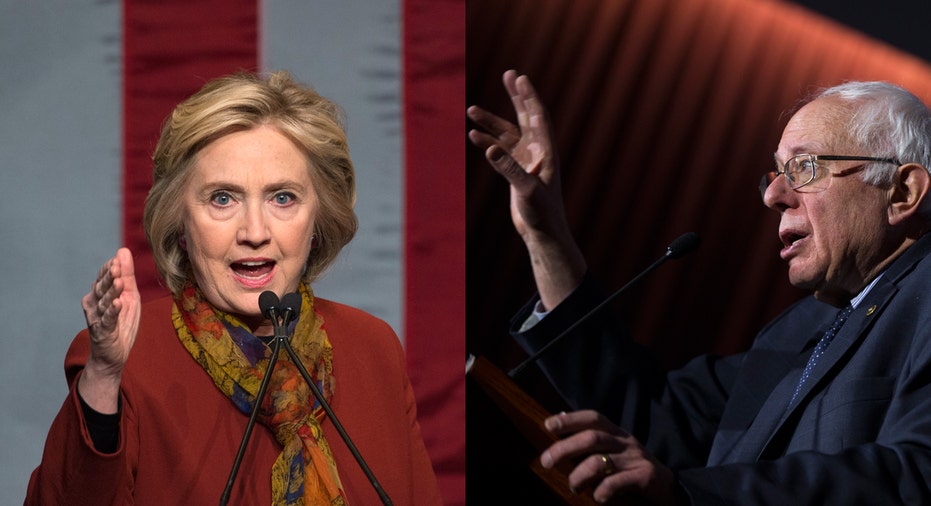Clinton and Sanders Gearing Up for a Bitter Battle in Nevada

With the first-in-the-West Democratic caucus just a few days away, a new CNN/ORC poll shows Hillary Clinton has 48% support from likely Nevada caucus-goers with Vermont Senator Bernie Sanders a percentage point away at 47%.
“Bernie Sanders stands a chance in Nevada but what he needs to prove after winning and doing well in two very white slow growth stronger economic states than Nevada is that he has a broader appeal than to white college students in the liberal wing of the party,” said Eric Herzik, political science chairman at the University of Nevada in Reno.
Approximately 789,000 Hispanics reside in Nevada, comprising 1.4% of the group’s U.S. population, according to Pew Research Center’s analysis of Census data. There are 328,000 eligible Hispanic voters in Nevada—the 13th largest Hispanic statewide eligible voter population nationally.
Herzik says Sanders can’t just write off that part of the country because the Latino population is one of the “core elements of the Democratic base.”
In 2008, Hispanics made up 15% of Nevada Democratic caucus-goers and Hillary Clinton won 64% of their vote. In addition to having history already running a campaign in Nevada, Herzik says Clinton has been working an intense ground operation strengthening her “proverbial firewall.”
“Clinton has argued all along that Nevada is more her kind of a state; It is more ethnically diverse, it has a different economic base – far more labor, Latino, women workers – and she made big push with all three of those groups. She got out here in April 2015 and had voter registration drives in June,” said Herzik.
Sanders on the other hand started his “political revolution” grassroots efforts back in October 2015. Herzik says while Sanders’ and Clinton’s policies are not very different, it’s the individuality in their approach that sets them apart in the Democratic electorate.
“Sanders is kind of approaching it as a ‘one size fits all, working people are working people. My message resonates with Latinos, African Americans and any working person.’ He is not making a special pitch to Latinos,” said Herzik.
Traditionally candidates that come to Nevada to meet with Latino leaders address more than economic concerns Hispanics share with other groups. Herzik says they also discuss other issues such as discrimination and immigration.
“Clinton has done that, she has directly gone to Latino groups and tried to tailor a message as well as her general message,” said Herzik adding, “The culinary worker union is also the largest Latino political organization in the state, not usually seen that way but a great number of workers in the culinary union are Latino so immigration issues are important to them.”
According to the recent poll, 62% of Nevada Democratic caucus-goers have already decided on a candidate, with 25% still uncertain. The top issues for voters in the Silver State include the economy with 42% and health care at 19%.
“Nevada was at the bottom of states in terms of adults with medical insurance and we might as well have been at the bottom for kids with medical insurance, but ObamaCare changed all that. Nevada saw incredible growth in coverage for people,” said Herzik.
In the end, Herizk says it’s all about who actually turns out to cast a vote.
“Hillary Clinton has to push her people to the polls. Bernie Sanders does get the advantage of youthful enthusiasm, college students energizing a very liberal part of the party, which is less important in Nevada than in other states, but Sanders is hoping the momentum he has seen in Iowa and New Hampshire carries over,” said Herzik.